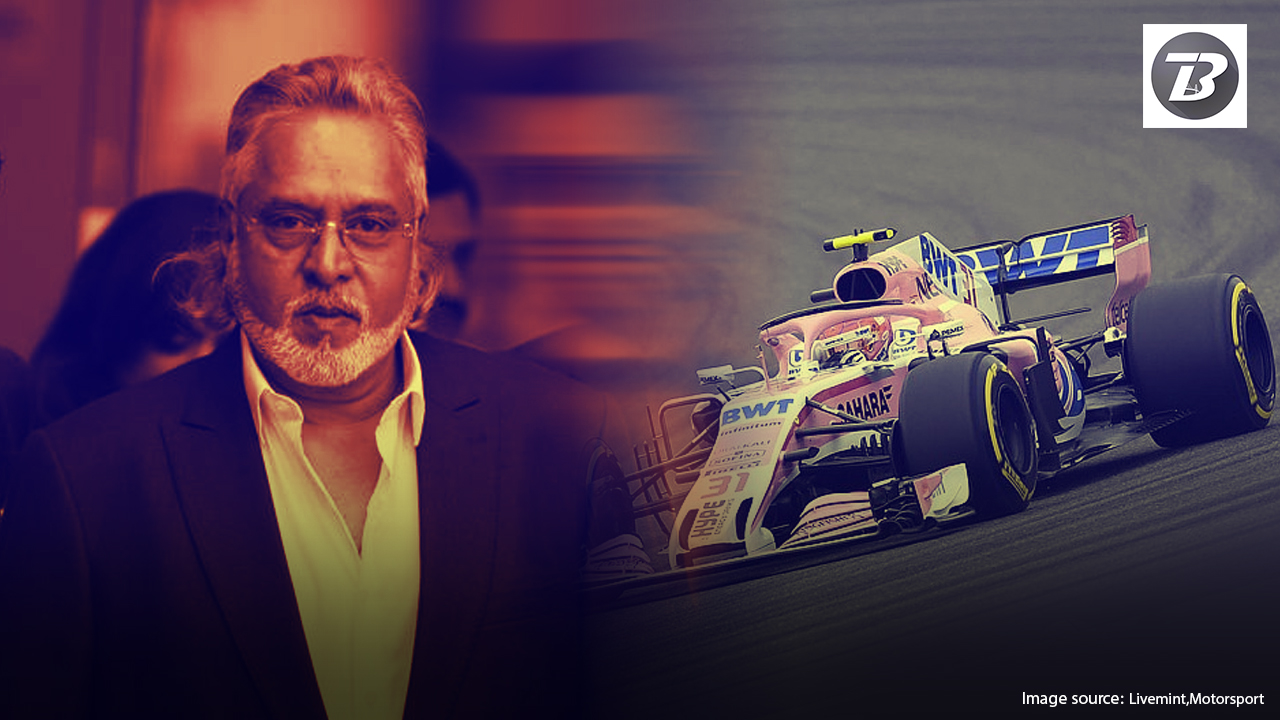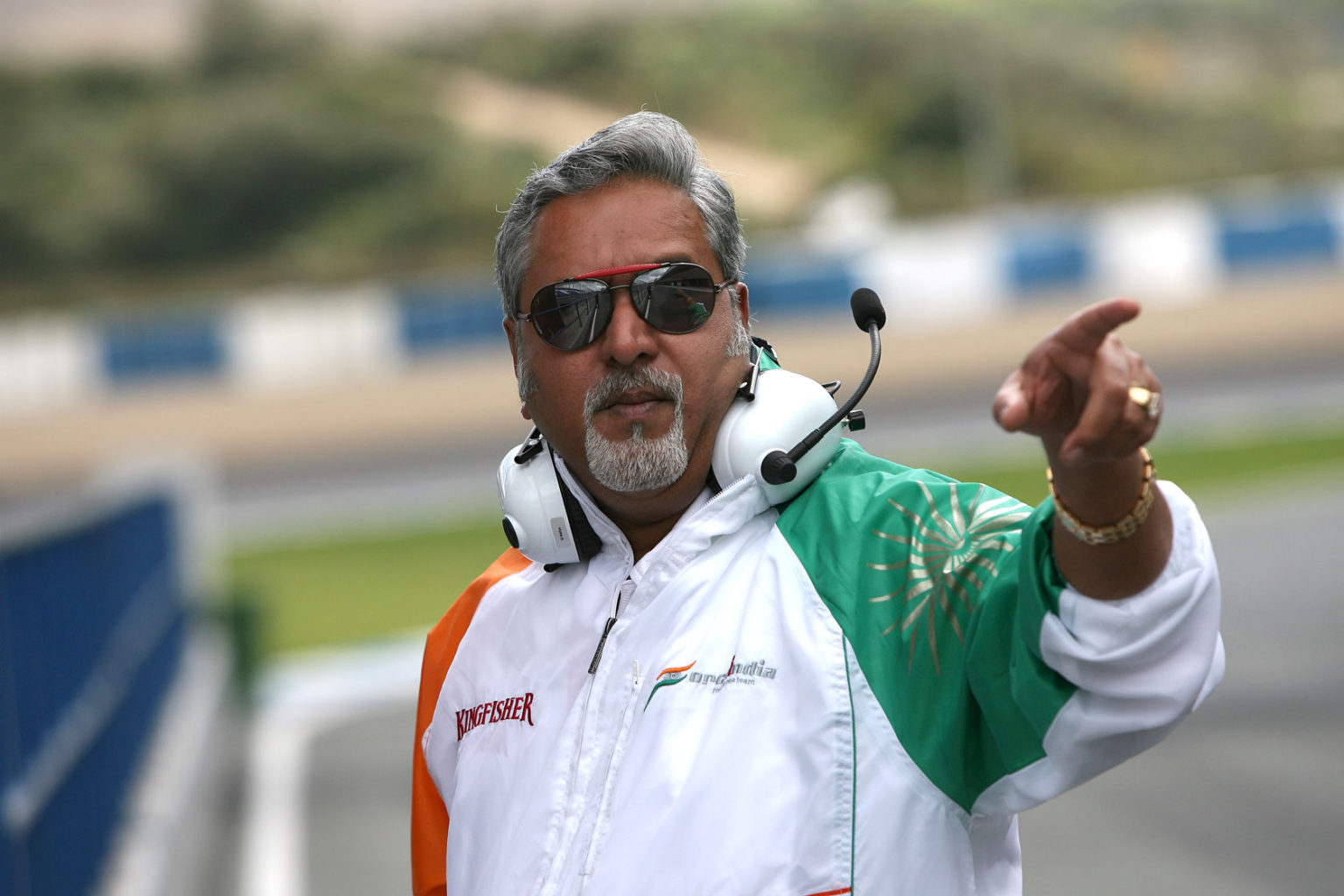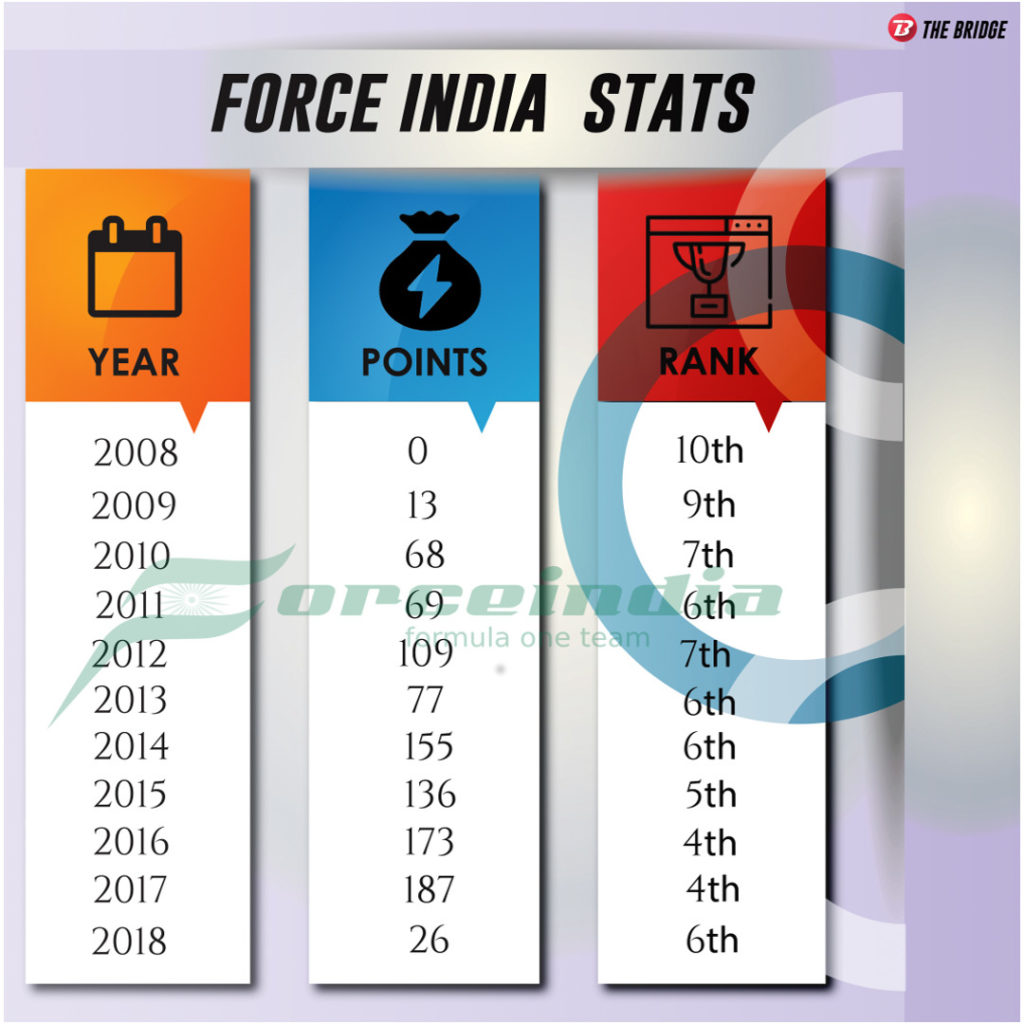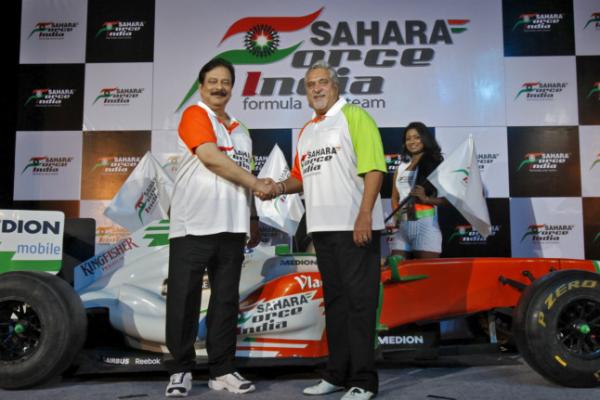Featured
Vijay Mallya quits Force India: What, why, how and where?

Force India as we know it, only came into existence in 2007 - exactly 11 Formula One seasons ago, and Indian liquor baron Vijay Mallya has been associated with them since. On May 31, Mallya, now embroiled in cases of financial fraud, stepped down from his post as director of Force India F1. In a statement, he clarified that he “wanted to make way for (my) son” but that he would continue as Team Principal.
Some might scoff at the fact that Mallya was ever team principal, to begin with. The post requires a significant knowledge and understanding of the sport, technicalities of the engineering, and aerodynamics of the automobiles of how the team runs. Is just being the face of - and a significant part of the money behind - the team really enough?

Team principals are in fact usually owners, but they also stand in charge of the team and hand out team orders on race weekends. Mallya is known to be a vintage car collector - but how much could he really help weigh in on tire and pit strategy, driver strategy or more? One might argue that engineers and team officers will help direct this anyway, and while that is true, it lends both gravitas and an added expertise to the team if the principal is entirely knowledgeable about Formula 1. Most teams’ success has been dictated this way.
Perhaps the best example of this is the legendary Frank Williams. The founder of the eponymous Formula One team, Williams Racing. He is the most successful team principal in the sport, with a staggering nine constructors' titles as Team Principal. His background? A former race-car driver and mechanic. He funded that career through working as a traveling grocery salesman.Another current example is Christian Horner, who is the Team Principal of Red Bull Racing. He has been with the team since its inception in 2005 and drove in the lower class category of Formula 3000 prior to his career as team principal. Horner also led the team through Sebastian Vettel’s championship merry run when they won 4 consecutive Driver's and Constructors' titles. Horner became the youngest Team Principal to win a title.
But of course, no list of key team principals would be complete without mentioning someone almost on par with Frank Williams - the icon Jean Todt. Ferrari’s Team Principal during the glory days of Michael Schumacher, Todt also became one of Schumacher’s closest friends. A former co-driver in rally racing, Todt was a part-time mechanic, drove in the rally circuits, and kept a keen interest in the mechanics of racing cars from a very young age. Today, he is the long-serving president of the FIA. Expertise pays, and not just monetarily.
Which brings one back to why, despite having seen extremely talented drivers - many of them from the Ferrari junior stables - like Sergio Perez and Esteban Ocon, Force India has had decent, but only consistently decent results. It could well be that lack of expertise that differentiates things, those minute details that set a team apart from the opposition to alleviate from a mid-table team to a top 3. Only a few teams have more ‘high profile’ drivers and as of now, significantly better engines.
Force India: A History
First, a look back into the history of the team itself is necessary. It wasn’t always Force India, of course, and has its earliest connections to former management guru, driver, car enthusiast and now quirky pundit Eddie Jordan. That Jordan F1 Team was the debut team for a certain Michael Schumacher - and the rest, as they say, is history. Not having found enough financial success, and having changed hands a few times, ultimately led to the buyout by Spyker F1 in 2007. Only one year later, it was bought by a consortium of business leaders led by Mallya and Belgian business Michiel Mol - which was registered at Silverstone but has an Indian license - making it, effectively, the first Indian F1 team.
The team’s associations with Ferrari drivers appear to have been their most fruitful; the first ever points and podium finishes that Force India ever saw in the sport came courtesy of a certain Giancarlo Fisichella. They have had middling-to-good results in the seasons since- here's a look!
Their results have consistently remained around the 6-5-4 mark since the team’s inception - and there is no doubt Mallya was hands-on as an owner at the very least, with the cars named in the VJM format. And Mexican driver Sergio Peréz has been nothing short of a talisman for the side, earning a staggering five third-place podium finishes by himself. It is no wonder, then, that despite Nico Hulkenberg being the more well-known driver - and a winner of the 24 Hours of Le Mans in 2015, it is Perez whom the team went all-out to retain.
Three seasons after Vijay Mallya, Mol and the remainder of their consortium sought to sponsor the team, one might already have sensed ripples in the ocean of financial issues. Stepping in at the time was Subroto ‘Sahara’ Roy, with his conglomerate Sahara India Pariwar picking up a whopping 42.5% share in Force India for a cool $100 million. Of course, Subroto Roy is himself no stranger to the sort of issues Mallya is going through as we speak.
Arrested for not having paid investors back deposits of 24,000 crores, Roy received a short period of bail but is now back in India’s Tihar Jail. Meanwhile, as he was first arrested in 2014, his company, Sahara, sought to sell off a number of assets - including his 42.5% stake in Force India - to bail him out.

Now, far from being an attractive team, the team’s two “biggest” owners and most well-known business faces are both embroiled in their own legal battles - and now, the “India” in the Force India name has become an encumbrance rather than something to attract investors.
Now if we talk of recovering money - going on their middling-to-fair past results, would new investors really want to invest in a team at that level? And for a team that has already had such dubious associations, that might well dissuade future investors from touching it with a barge pole. No pun intended.
The past year and a half have been rife with talk of Aston Martin takeovers, name changes - and as a result, an image overhaul. It has been two years since the Aston Martin deal was first discussed - and it is the iconic carmakers who are now to get back to Force India bigwigs, who are said to be “eager” for a deal.
But will they likely table that deal now? One can’t be sure. Force India’s experienced COO Otmar Szafnauer said prior to the start of the season that the team was looking at an “imminent name change” but they were informed by the FIA that they had left it too late.
This is not to say that Mallya was completely uninvolved. A former motor racer himself (a fact the writer learned from some well-placed sources), he has, since buying the team, made himself involved with design, strategy and this alone is significantly said to have helped motivation among the team ranks.
“Despite us still running some equipment from the Jordan era, they’ve still managed to push to 4th place on quite a lot of push from VJM himself.”
Siddhartha’s appointment, it is said, is more of a way to still retain some of that control and direction.
Now, with the departure of Mallya from the team (although Mallya suggests son Siddharth is to take over, no official document mentions this), it is perhaps the last “India” associations of the team that have been done away with. Given that the team’s biggest ‘India’ relationship has been with two tycoons now each fighting their own cases of financial fraud, it is perhaps more than understandable why the side is so eager to wash its hands of that association-despite the motivation that Vijay Mallya himself is said to have brought to the team.
What will the future hold? One thing is clear - the imminent future will see a further distancing of the “India” aspect of the team - and if Aston Martin were well to come through, an obvious engine change - and more than very likely, a complete rebrand. It may not mean the end of the careers of the talented Sergio Perez and Esteban Ocon - but it could well spell the end of the Team Formerly Known as Force India. Pity the livery wasn’t Purple.
